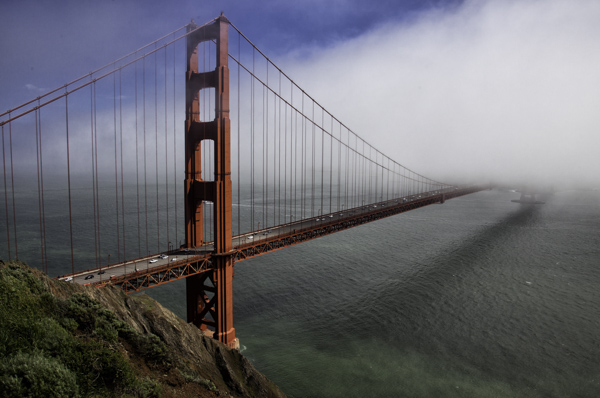
Sometimes when we approach a given scene with our camera in our hands there is an obvious shot. You know, that shot of the front of the building. Or the straight on shot of the scene before us. Sometimes we take that shot, but sometimes we don’t. I mean, sometimes that shot is just so obvious that it sometimes hardly seems worth taking. Most of us are trying to be creative with our photography. Some of us even fancy ourselves artists. Taking such a boring simple shot as the obvious one that you see right when you walk up to a scene seems beneath us.
But I’d like to offer some reasons why you should take the obvious shot every time. I think you will find that it improves your photography.
It Costs You Nothing
The first reason is that digital photography is free. It cost you nothing to take this shot. Even if you will never use it, just take it and get it out of the way. Then you can move on to more creative endeavors.
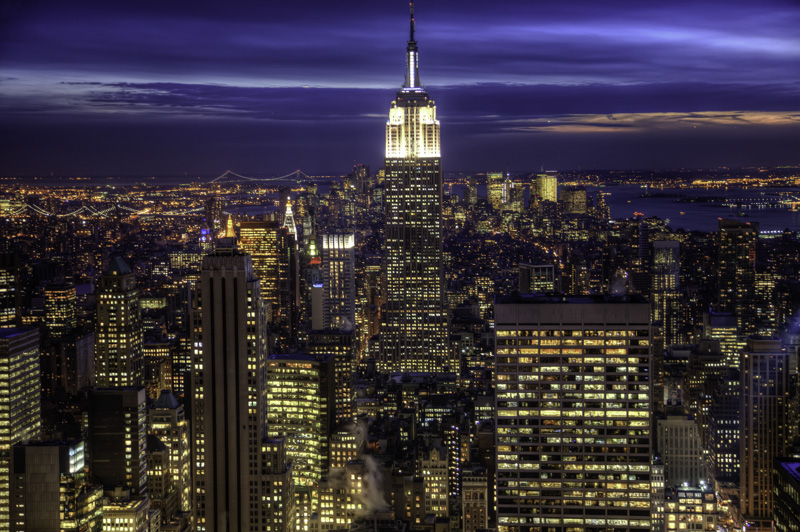
It Might Be the Best Shot
Quite often we are intent on working the scene and finding the best, most creative shot. That means trying every angle and perspective. But many times the best shot is the one you see first. How do I know that? By looking back at my galleries.
When I looked back at my Lightroom galleries, I was struck that a disproportionate amount of the time the shot I ultimately used for editing and displaying was the first shot I took. I would say that is the case roughly half the time!
When I approach a scene or a thing I plan to photograph, I typically take a shot, adjust, take another shot, move around, take another, adjust, shoot, move, shoot, adjust . . . and so on. It is not uncommon to have dozens of shots of the same place or thing. Yet about half of the time it is the shot I take first that is the best.
On the occasions that I have mentioned this to other photographers, they reported similar findings. Therefore, it appears this is a common trait.
What does that tell us? That the shot that pops into our head first often turns out to be the best shot a disproportionate number of times. And you should take that shot rather than overlooking it while you search for more creative angles.
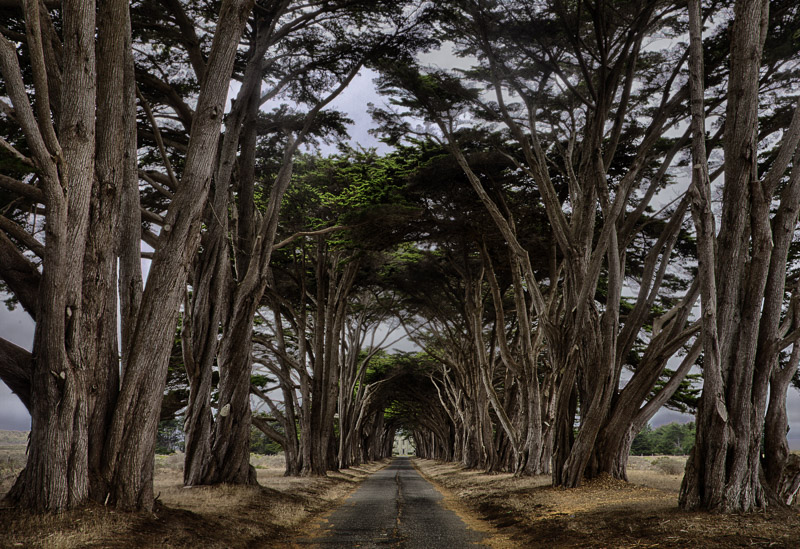
It Might Not Be So Obvious to Others
What is the obvious shot to me is not always the obvious shot to you. Whenever I go out with other photographers, I am consistently amazed at shots they get that I did not even see. Conversely, I’m often surprised that shots that seemed obvious to me never occurred to them. It appears that what is obvious is different from person to person.
Photo walks and meet-ups reinforce this point. It is quite common for photographers to meet in groups and go on photo walks or set up their tripod to photograph a given scene. I have been to a number of these events. Everyone is presented with the exact same location and exactly the same conditions. Quite often, you will see a row of tripods aimed in exactly the same direction. Nevertheless, when the group’s photos are all displayed after the fact, the pictures are often drastically different.
Even if the shot looks obvious to you, it might not to others. They might not even see it. So go ahead and take it.
Sometimes It is The Shot
Sometimes the obvious shot is the shot. I’m going to use an example that is not from my own experience, because I think it fits so well. You may be familiar with Ansel Adams’s famous picture overlooking the Grand Tetons and the Snake River in Wyoming. It is a beautiful shot that is, like all of Adams’ pictures, composed magnificently. In looking at this awesome scene, which I have never seen anywhere else, one assumes Adams (a great outdoorsman) knew of a secret location that overlooked the river at just the right place. However, I once heard a photographer state in a podcast that he had stumbled upon this location. It is nothing more than an overlook next to a highway. It is the same shot that countless tourists have also taken. Adams just did it better.
Another tale from my own experience reinforces the point in a different way. I once went on a photo trip to Ireland with my brother and a friend. One of the places we decided to stop in northwest Ireland was Kylemore Abbey. There is a famous shot of the Abbey that everyone gets from the parking lot. When we arrived, we all three immediately saw the shot and took it. However, merely taking the parking lot shot was not enough for me. I spent the next hour and a half seeking the perfect yet unconventional shot of the Abbey that nobody else has.
In the end, here is the shot I ended up with:
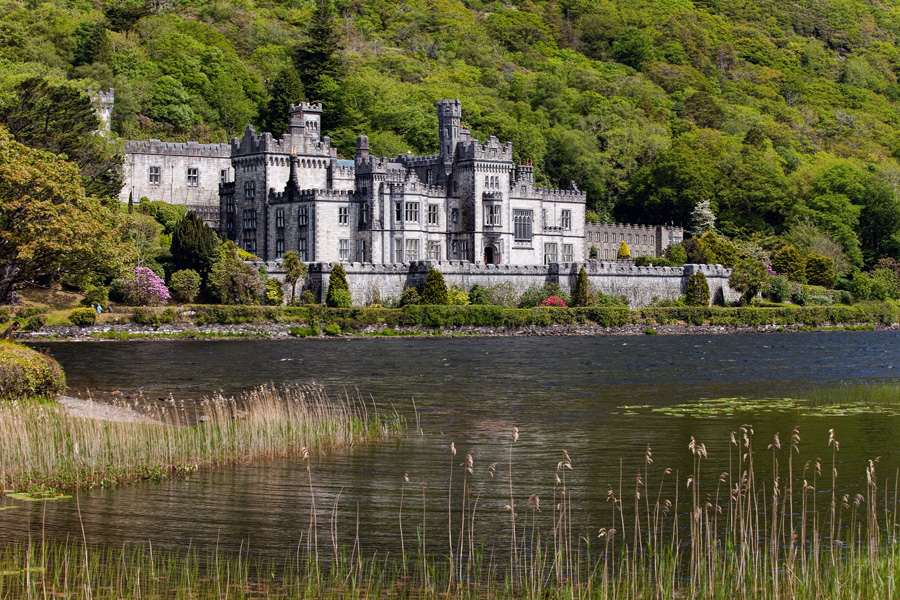
Yes, it is the same shot from the parking lot that everybody else gets.
Sometimes It is the Only Shot
There are times that circumstances that get in the way of your ability to work a scene. Fences, walls, and shorelines all limit our ability to walk around and photography subjects from different angles.
A good example is this picture of the Bass Harbor Head Light in Maine.
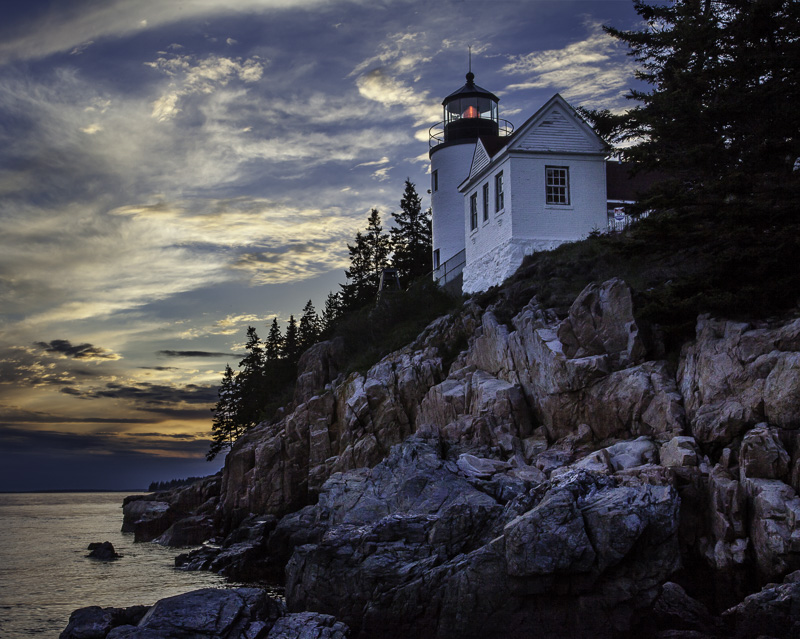
As you can see, it is taken from rocks near the shoreline. Your ability to move around is quite limited. As a result, there are really no other options to shoot this subject. In fact, for this reason, if you run an internet search of Bass Harbor Head Light on Flickr, 500px, or Google, the pictures you see of it will all be quite similar to the one above.
Conclusion
So go ahead and take the obvious shots. It doesn’t cost you anything, and they often turn out much better than expected.
This does not mean you should overlook normal rules and guidelines of composition. Have a process for composing your pictures and then work the scene. While a disproportionate percentage of your photos may come from that first shot, that still leaves the other half of your photos. Those will come from your efforts as you work the scene.

